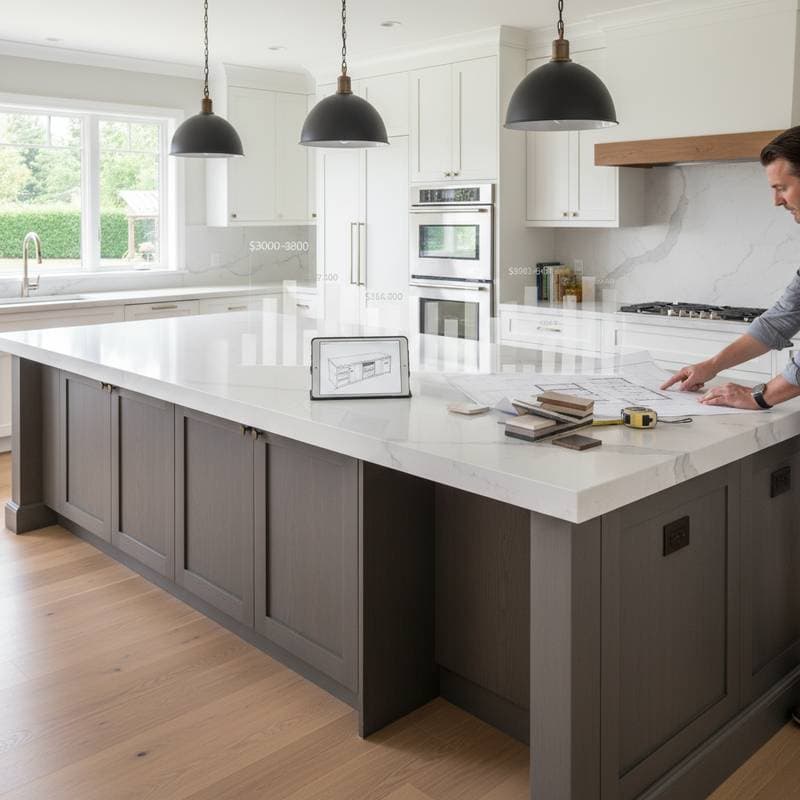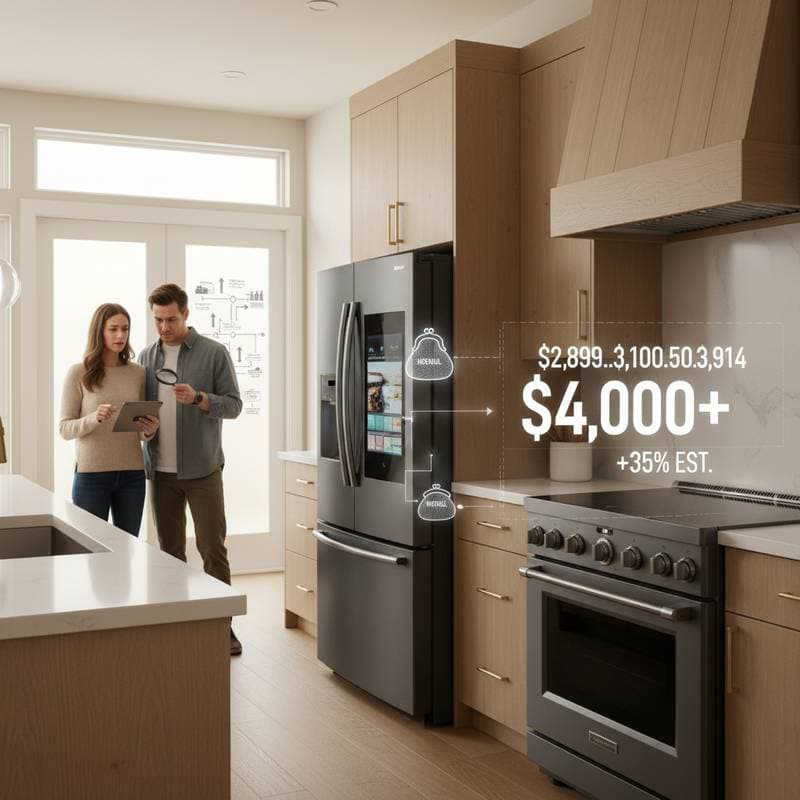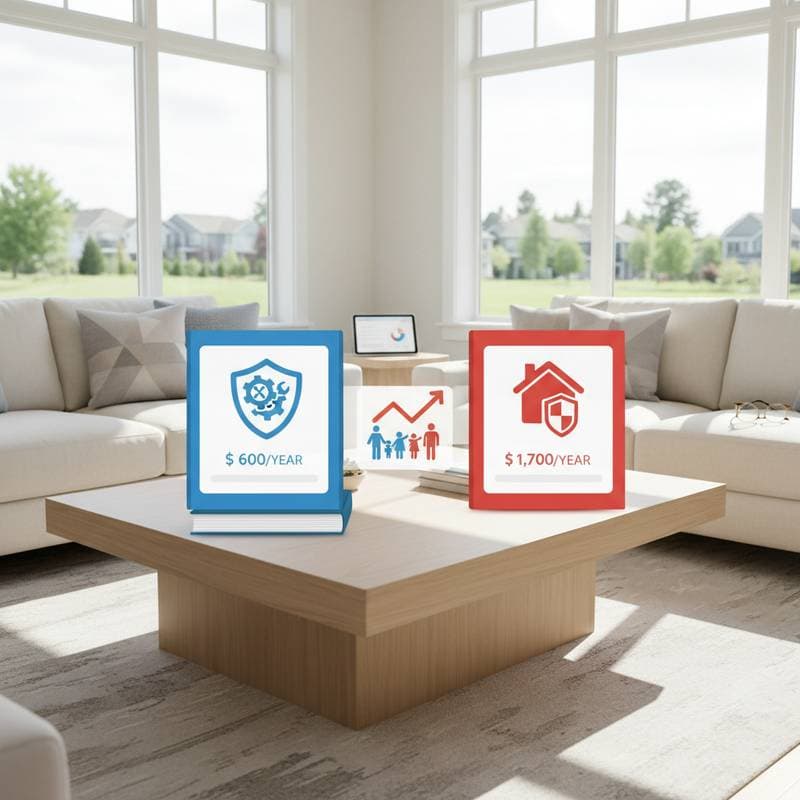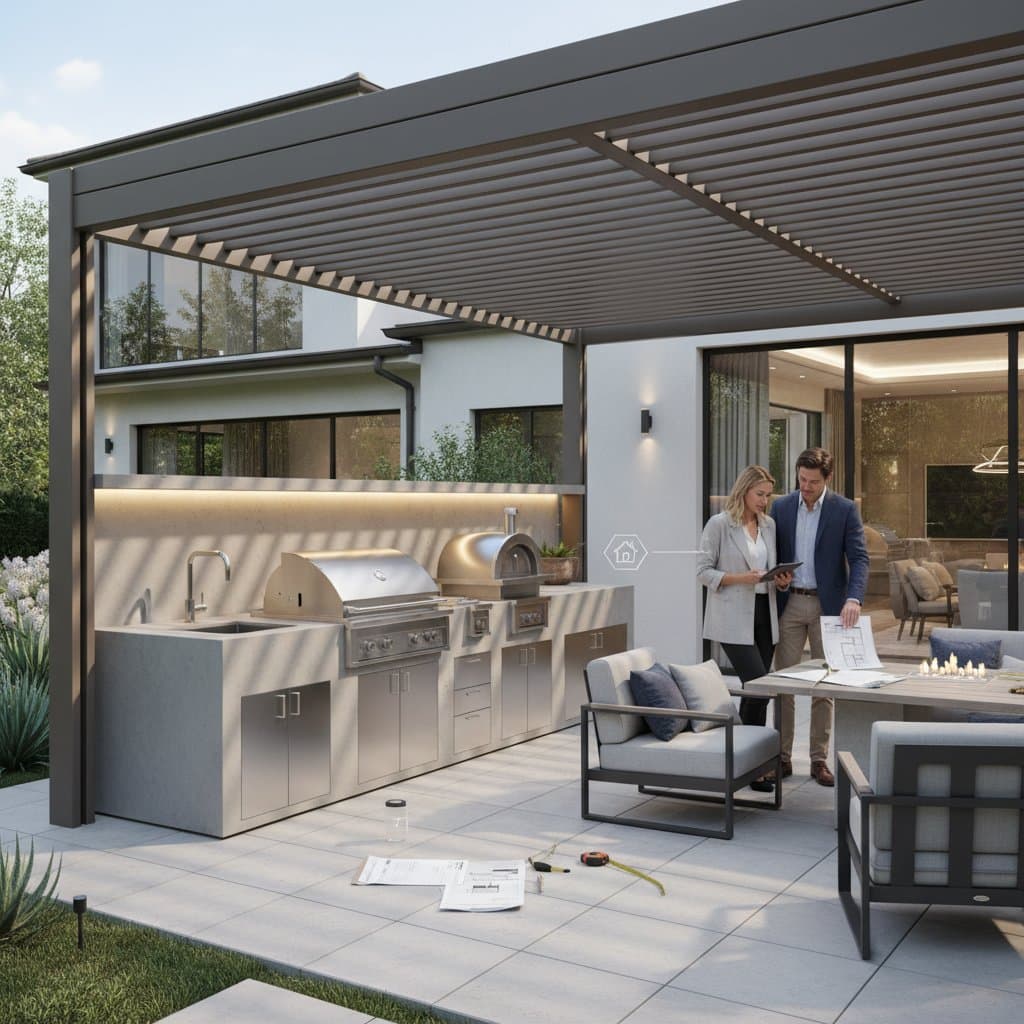Introduction to Kitchen Islands in 2025
Kitchen islands serve as versatile additions to modern kitchens, offering extra workspace, storage, and seating. In 2025, these features continue to gain popularity for their ability to enhance functionality and aesthetics. Costs typically range from $3,000 to $8,000 for standard installations, though variations depend on specific choices.
This guide examines the key elements that determine pricing. It covers everything from basic measurements to advanced customizations. Readers will find practical information to inform their decisions.
Factors Influencing Kitchen Island Costs
Several variables affect the final price of a kitchen island. Size stands out as a primary determinant, with larger units requiring more materials and labor. Style and materials also play significant roles in elevating expenses.
Utilities integration, such as electrical outlets or plumbing, adds complexity and cost. Location within the kitchen influences feasibility and pricing as well. Understanding these factors helps in anticipating total investments.
Size and Dimensions
The dimensions of a kitchen island directly impact its cost. A compact island measuring 4 feet by 2 feet might start at $3,000, suitable for smaller spaces. Larger options, such as 8 feet by 4 feet, often reach $8,000 or more due to increased material needs.
Height adjustments for bar seating or appliance integration further modify prices. Standard heights accommodate counter-level tasks, while taller designs support casual dining. Measuring the available space accurately ensures appropriate sizing and budgeting.
Styles and Design Options
Kitchen island styles range from simple butcher-block tops to ornate waterfall edges. Basic rectangular designs keep costs lower, around $3,000 to $5,000. Elaborate shapes, like L-shaped or rounded corners, push prices toward $8,000.
Contemporary minimalist styles use sleek lines and integrated lighting for a modern appeal. Traditional designs incorporate detailed cabinetry and moldings, adding to the expense. Selecting a style that aligns with the overall kitchen theme balances cost and visual impact.
Materials Selection
Materials form the foundation of cost variations. Affordable options include laminate countertops and stock cabinets, starting at $3,000. Premium choices like quartz or granite surfaces, paired with solid wood cabinetry, elevate prices to $8,000.
Butcher block provides a warm, natural look at a mid-range cost. Stainless steel accents suit industrial themes but increase durability-related expenses. Each material offers unique benefits in maintenance and longevity, influencing long-term value.
Utilities and Features
Incorporating utilities raises the investment significantly. Electrical wiring for appliances or lighting adds $500 to $2,000. Plumbing for sinks demands professional installation, often $1,000 or more.
Smart features, such as built-in charging stations or pop-up outlets, appeal to tech-savvy homeowners. Storage solutions like pull-out drawers or lazy Susans enhance usability without excessive costs. Evaluating necessary features prevents overspending on unused elements.
Installation Expenses and Considerations
Installation represents a critical portion of the total cost. Professional services for custom islands range from $1,000 to $3,000, depending on complexity. Basic setups in accessible locations require less time and labor.
Permits may apply for structural changes or utility work, adding $200 to $500. Site preparation, including flooring adjustments, ensures stability. Hiring licensed contractors guarantees compliance with building codes and safety standards.
DIY installation suits simple, prefabricated units under $3,000. Tools like saws and levels become essential for precise assembly. However, complex projects benefit from expert involvement to avoid costly errors.
Budgeting Strategies for Your Kitchen Island
Effective budgeting begins with setting a realistic total, including materials, labor, and contingencies. Allocate 10 to 15 percent for unexpected expenses. Prioritizing essential features over luxuries maintains affordability.
Financing options, such as home improvement loans, spread costs over time. Comparing quotes from multiple suppliers reveals savings opportunities. Tracking expenses during the planning phase prevents budget overruns.
DIY Versus Professional Installation
DIY approaches work well for mobile or basic islands costing $500 to $2,000. Assembly kits provide step-by-step guidance, reducing the need for specialized skills. Time investment equals the primary drawback, often spanning weekends.
Professional installation proves ideal for custom designs above $5,000. Experts handle measurements, utilities, and finishes with precision. The added cost yields a seamless integration and warranty coverage.
Cost-Saving Tips
Opt for prefabricated components to lower prices without sacrificing quality. Shop during sales periods for materials discounts. Repurposing existing cabinets cuts new purchase needs.
- Assess space requirements early to avoid resizing costs.
- Choose versatile materials that match current kitchen elements.
- Integrate multi-functional features to maximize value.
- Consult design software for virtual planning.
Designing Your Ideal Kitchen Island
Design choices shape both form and function. Consider workflow patterns, such as proximity to appliances, for efficiency. Seating capacity influences width and overhang dimensions.
Lighting under cabinets illuminates tasks effectively. Open shelving adds storage while maintaining an airy feel. Personalizing with hardware finishes completes the aesthetic.
Testing layouts with tape on the floor visualizes the impact. Balancing openness and enclosure creates inviting spaces. These steps ensure the island enhances daily kitchen use.
Maximizing Value and Long-Term Benefits
A well-planned kitchen island boosts home value by 5 to 10 percent. It centralizes activities, improving family interactions and meal preparation. Energy-efficient features reduce utility bills over time.
Regular maintenance preserves appearance and functionality. Selecting durable materials withstands heavy use. This investment transforms the kitchen into a more enjoyable and efficient hub.
Investing thoughtfully yields returns in convenience and resale appeal. Focus on needs over trends for lasting satisfaction. Your kitchen island becomes a cornerstone of home life.



